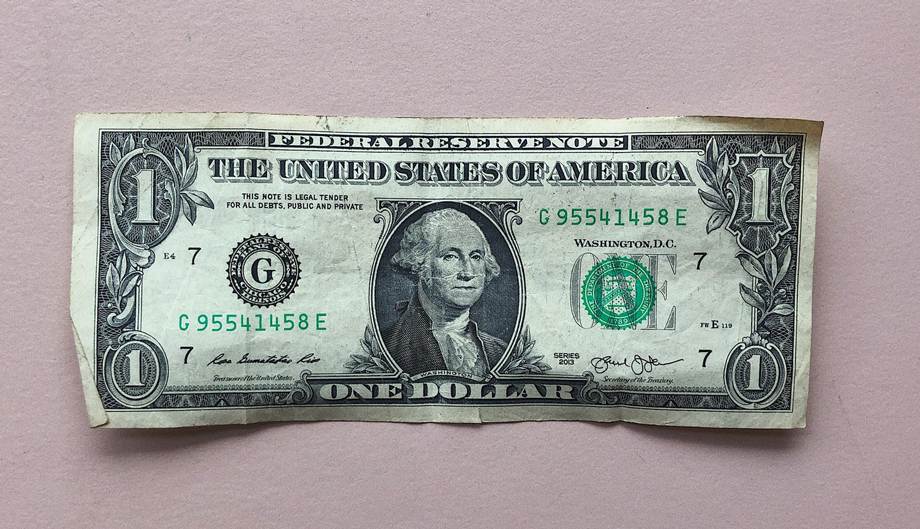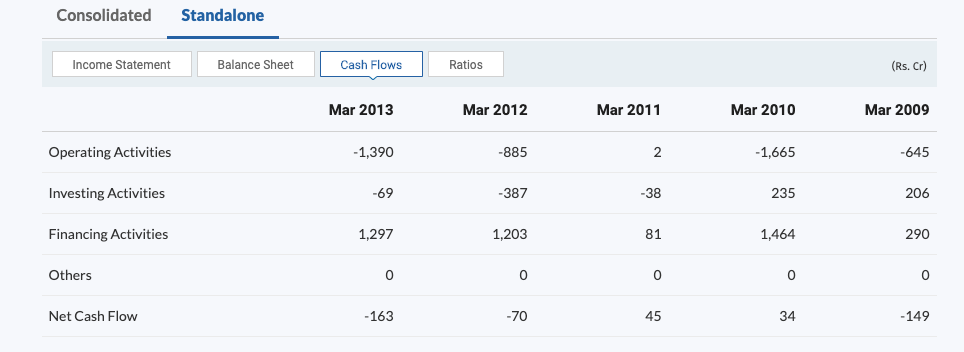
“I’ve just bagged a huge client, Manish,” Sunil said excitedly in January 2019. “Business is going to be great now!” Six months later, he was cursing under his breath.
“What happened?” I asked.
“I’ve at my wit’s end, Manish,” Sunil sighed. “I’m struggling to meet expenses. My credit cards are maxed out. I’ve just mortgaged my ancestral home to get an extended line of credit from the bank.”
“But aren’t you making enough from that big client?”
“Don’t even talk about them,” Sunil bellowed. “For the first three months, they placed large orders. So large that I borrowed from the bank to fulfill their requirements. I even agreed to a 90-day credit period. But they’ve not made a single payment in the last six months.”
“Why don’t you ask them for your money?” I asked.
“I did. They said, ‘Your products are still lying unsold. You can take them back if you want.’ What will I do with the products? My financials on paper look great, but in reality, I’m making a loss. The products didn’t fetch me any money. On the contrary, I have to repay banks and the suppliers for them.
I felt bad for Sunil. He had exceeded expectations as a supplier. He had broken his back to bag the client and fulfill its orders. He agreed to a 90-day credit period, which meant the customer had the luxury of three months to pay him. But he had only losses to show for all his efforts.
A business can appear to make a profit on paper. But if those numbers don’t convert into cash, if customers don’t pay the money they owe, the profit becomes false.
Profit on paper is not the same as profit in the real world. We live in the real world, where the biggest indicator of the quality of your business is not the number of your customers or your sales or profits, but your cash flows.
Why Cash Flow is The Most Important Metric
Your operating cash flow is the amount of cash your company’s normal business operations generate. For a business to survive and grow, it has to turn profitable with positive operating cash flows sooner or later. If it doesn’t, it dies.
The cash flows of Kingfisher Airlines below are an example. Continuous negative operating cash flows for several years resulted in bankruptcy.

Jet Airways, Jain Irrigation, and Geodesic are other prominent examples where businesses struggled for positive operating cash flows.
Every business makes money in some form or the other. But where do cash flows disappear for businesses that struggle? Below are some thoughts:
- Your business may be profitable on paper, but the competition has forced you to give more credit or extend credit period. (During such times, you might want to rethink whether you want to continue in this business.)
- Inventories keep piling up. (This could indicate you’ve invested in products people don’t want.)
- Unwanted Assets like farmhouses, a fleet of cars, parcels of land, and so on build up over time. (This indicates misallocation of capital decisions by the management.)
- The operating expenses exceed the income. (This could mean leaders are not paying attention to important financial ratios.)
- In extreme cases, siphoning of money from the business. (These fraudulent activities can hardly be controlled)
In the COVID–19 period, cash flows have come to a standstill. This has become a huge pain for entrepreneurs. If you’re struggling with this problem, here are six ways I suggested to Sunil which you can try to improve your cash flows:
1. Factoring
Certain banks and financial institutions offer financing to their corporate clients by buying their receivables. This means they buy your invoices at a discounted rate and pay you upfront. This helps you get credit along with credit protection.
The buyer of receivables chases your debtors for the complete amount and makes a profit when it’s paid. This is called factoring.
There are several NBFC Factors registered with the RBI.
2. Invoice Discounting
Invoice discounting is an alternative to factoring. In this case, the financial institution provides you loan against your outstanding invoices. You can borrow up to 90% of the invoice amount and infuse much-needed cash in your business.
Of course, there are parameters that lenders set both for factoring and invoice discounting. Like, the invoices should be raised against reputed companies, they should be dispute-free, and so on.
3. Cash Discounting
This is a simple transaction between you and your buyer. You may offer an incentive (say 2-5% discount) to your buyer if they clear your outstanding dues.
In the current scenario, you can approach your debtors and negotiate the cash discount you can offer if they are to pay right away.
In fact, this can turn into a business practice. It may be prudent to have lesser margin with instant cash then higher margin with credit terms because money may get stuck with your debtors.
4. Selling Dead Inventory at a Discount
Many entrepreneurs believe that inventory is their asset. This is only partly true. If your inventory doesn’t cycle quickly, it becomes a liability because your cash is stuck in products your customers don’t want. Add to that the real estate they occupy.
These seemingly invisible costs keep adding up and draining you. And you don’t even notice them because they don’t appear explicitly on the balance sheet.
Take stock of the stock that hasn’t moved in the last 12 months. Then sell it at a discount in the market. Yes, you’ll lose the chance to make a profit someday (When the right customer comes, when the market rises again, and blah blah). But you’ll bring in cash to keep your machine running today.
5. Sell off Unwanted Assets
“If you buy things you do not need, you will soon have to sell things you need.” – Warren Buffett
You may have bought lots of assets that don’t make money for your business. Like parcels of land, a fleet of cars, a guest house, and other miscellaneous assets. These so-called assets are actually liabilities as they consume your cash every day without any return on investment.
You might feel tempted to hang on to them because of potential notional profit (“I’ll make 5X money when I sell it to the right buyer.”). But what if someone files for bankruptcy against you because you’re delaying their payments in the meantime?
Identify assets that you may sell to infuse cash. It’s okay to lose money on a few assets now than to lose everything when times get dire.
6. Barter Your Assets
If you struggle to do any of the above, you could try bartering your assets in exchange for a reduction in your liabilities.
When I offered consulting services to a renowned airline, they didn’t pay me a fee. Instead, they gave me a few complimentary tickets to fly to international destinations and expense vouchers that we could use there.
Real estate developers engage in a similar practice. They offer a few flats in return for settling their debt or curbing cash outflow.
If you don’t have a tangible product or your lender doesn’t need what you offer, you could offer them equity in your business. When an acquaintance of mine had a large outstanding with a vendor, he issued shares of his company to the vendor at a mutually agreed valuation.
Sunil used a combination of factoring and selling some unwanted assets to improve his cash flows. When the large customer cleared the invoices that remained with him, he quietly stopped selling to them.
He focused on cash flows ever since. It has made him happier and more productive and helped his business flourish.
Summing Up
You can only swim underwater as long as your lungs have enough oxygen. If your lungs run out, you need an oxygen tank. When the tank runs out of air, you sink.
Likewise, your business can only survive as long as it has cash. The day it runs out of it and your oxygen tank of financing gets cut off, it dies.
That’s why it’s important to look for simple ways to improve your cash flow like factoring, invoice discounting, selling unwanted assets and inventory, and cash discounting. Not just during the current period, but always.
Sir,
I appreciate your article and the advice. But I would humbly suggest that factoring bills or converting assets of the Company for more liquidity to feed the ever hungry credit seeking buyers would be suicidal, unless prudent due diligence for assigning credit limit and duration for each buyer is worked out & line drawn .